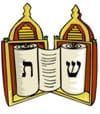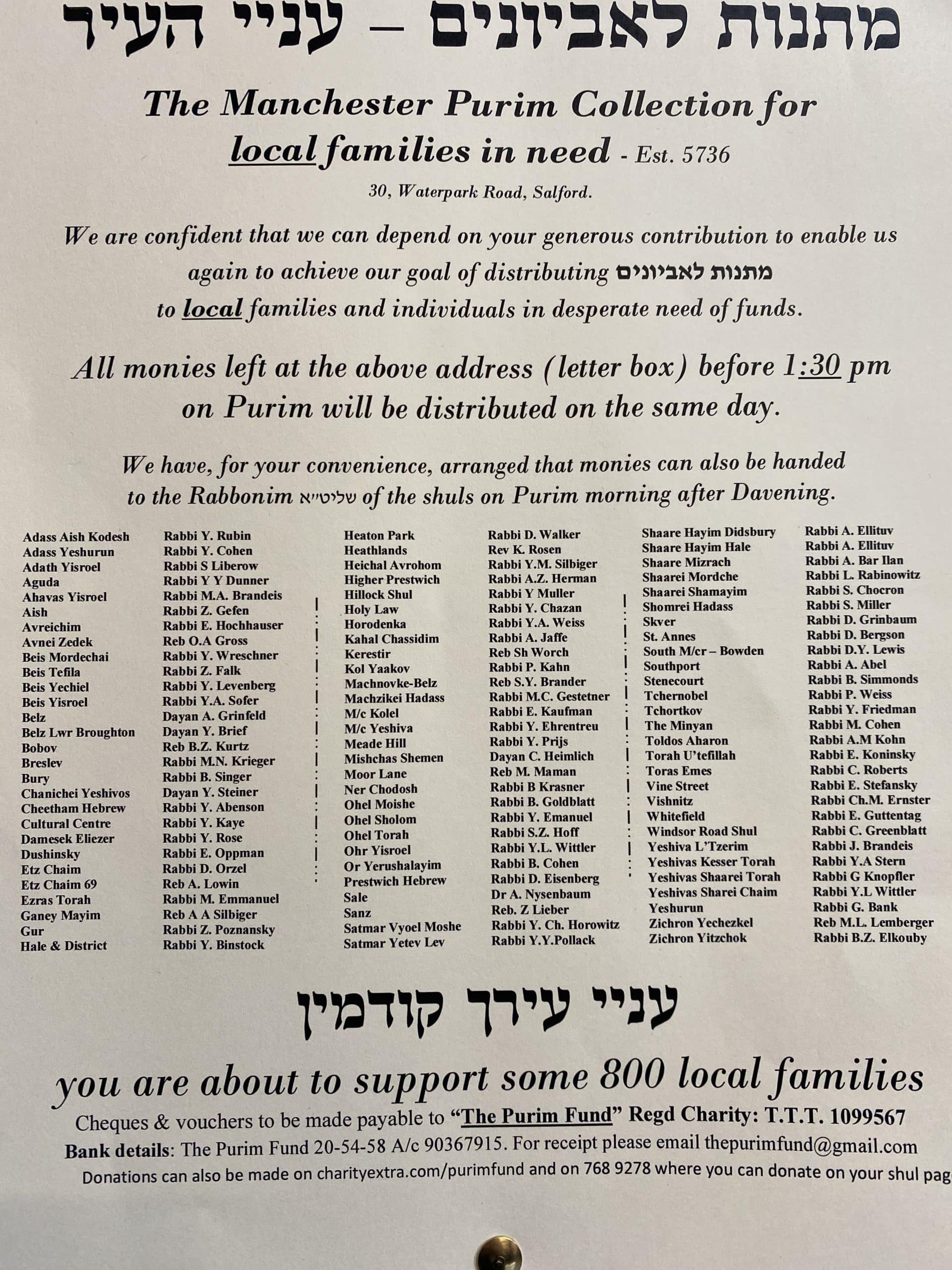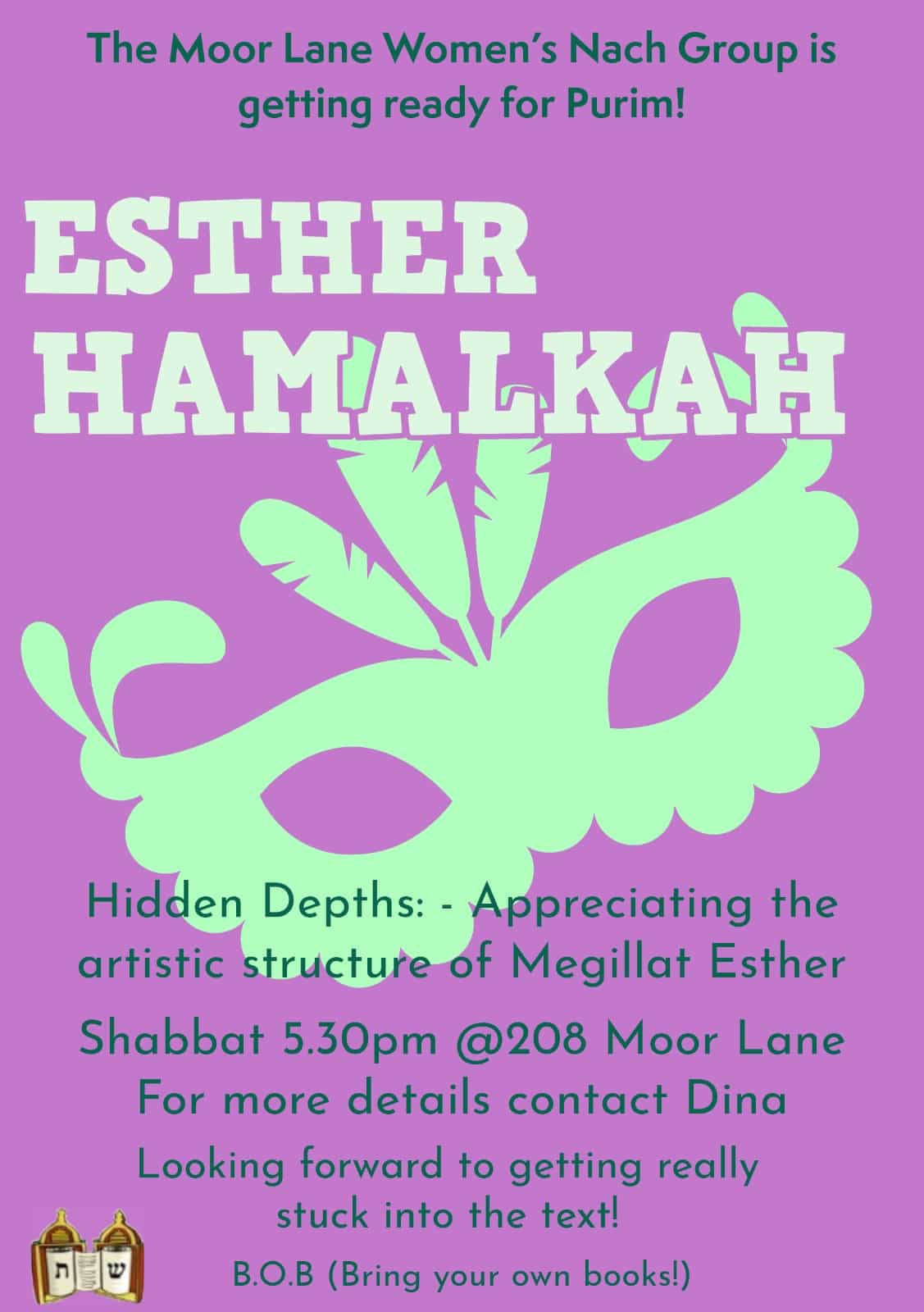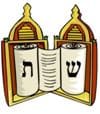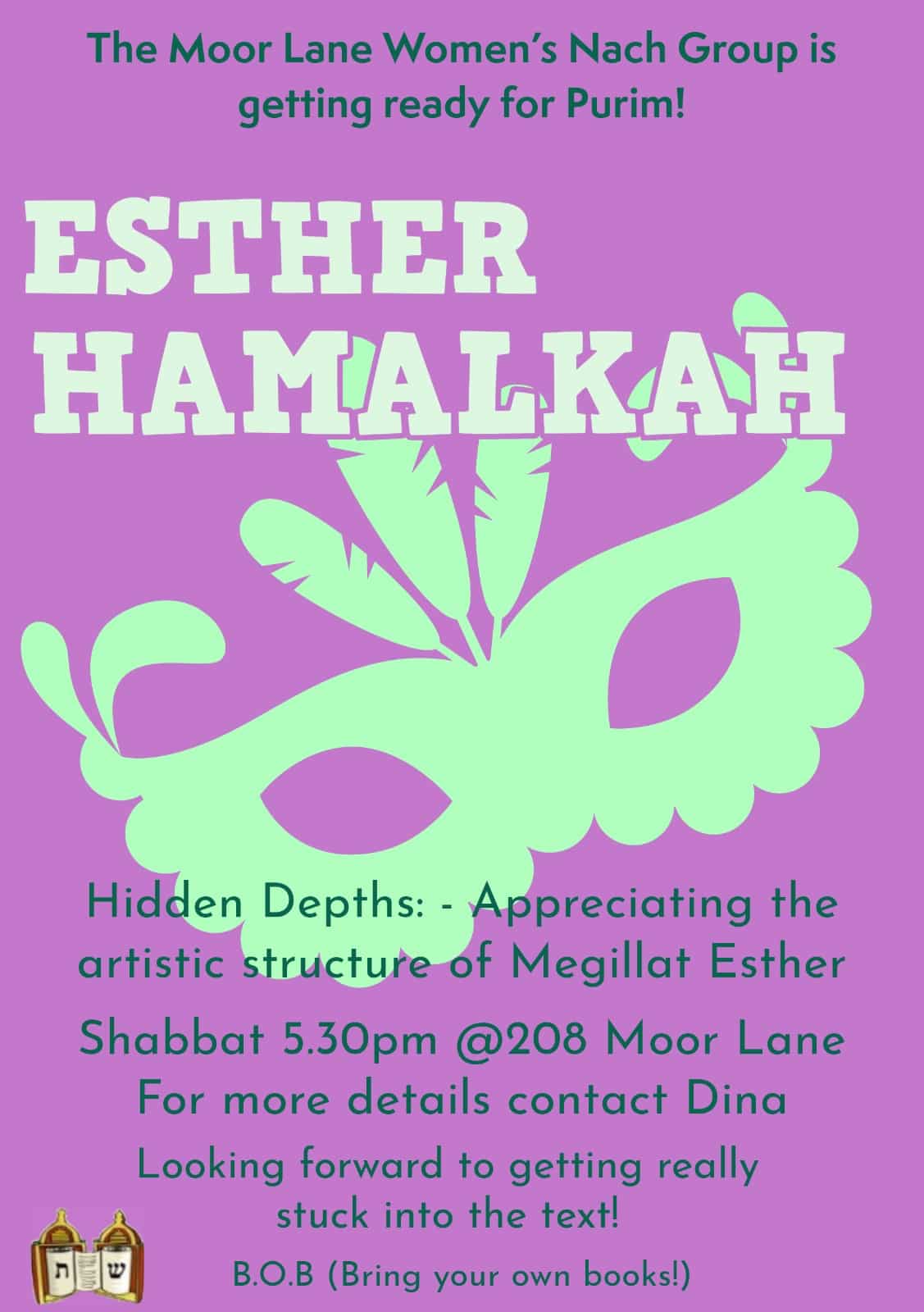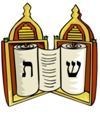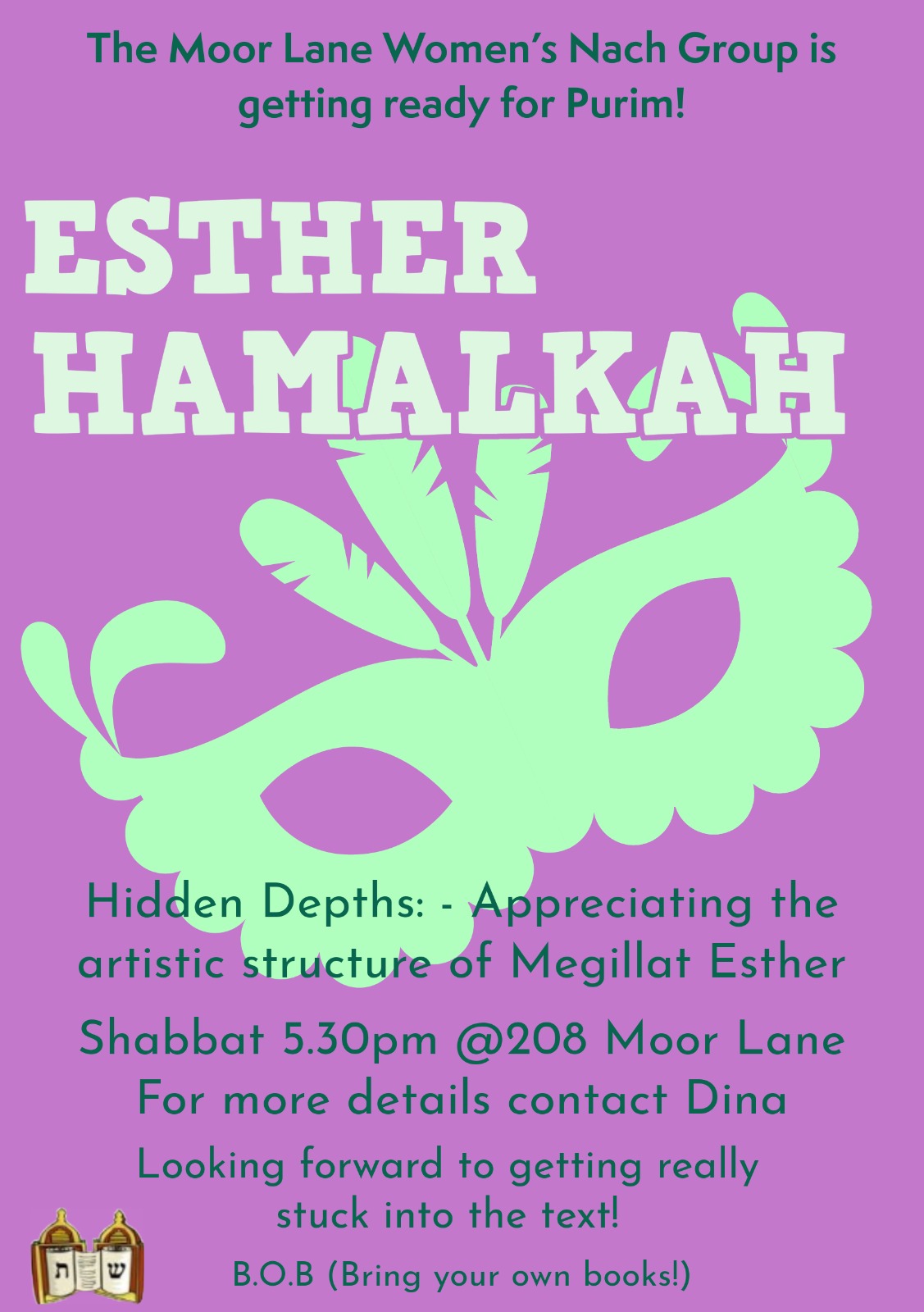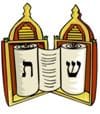
ק׳ ק׳ שׁערי תפילה

*******

This Sunday morning
we move the clocks forward to
BST – British Summer Time

******
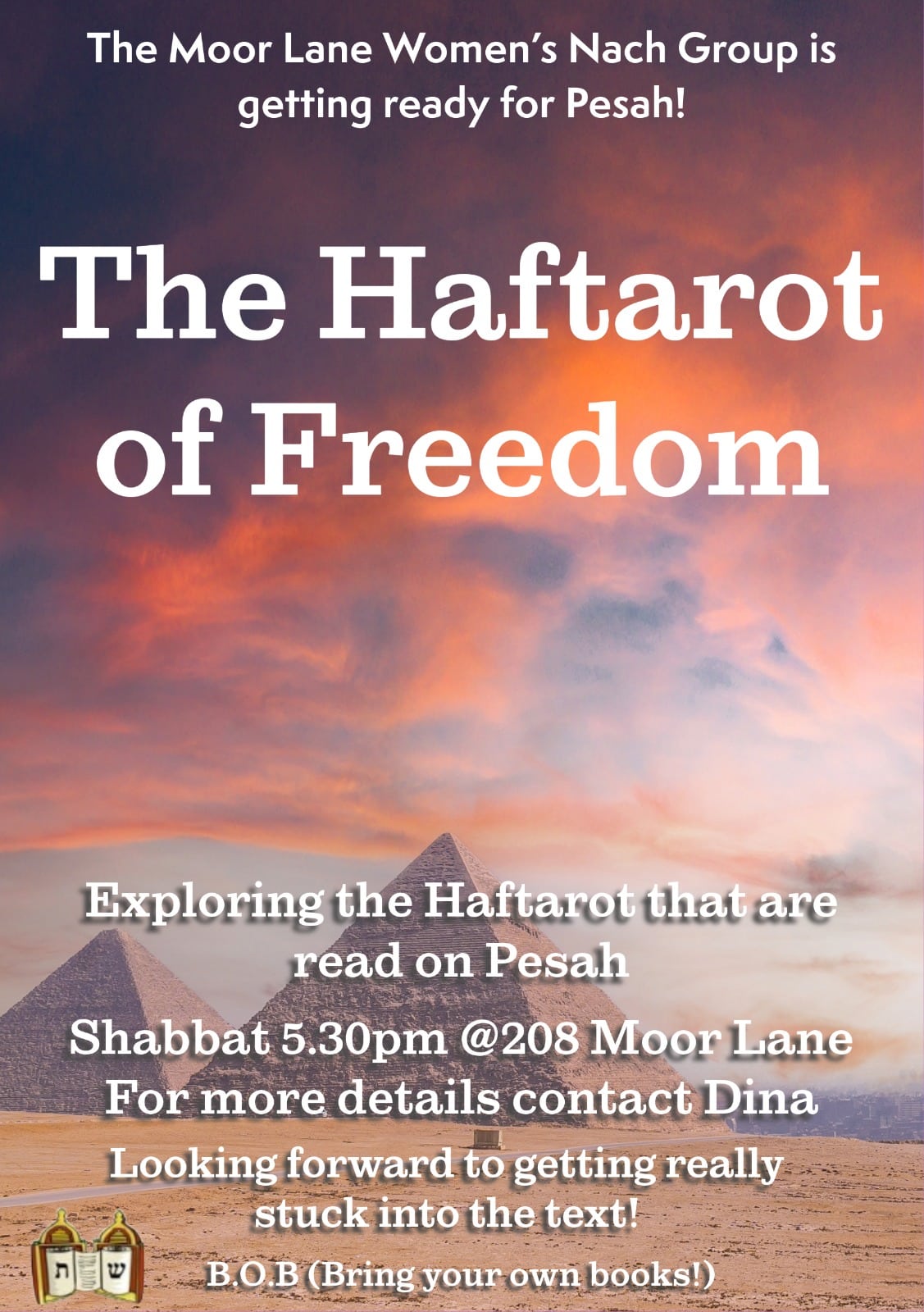
****
לוח זמני תפלה לחורף תשפ״ד
מוצאי שבת | ערבית | שקיעה | מנחה שבת | סוף זמן קריאת שמע | הדלקת נרות | מנחה וקבלת שבת | תאריך | שבת פרשת |
Shabbat Ends | Arbit | Sunset | Minha | Shema before | Candle Lighting | Minha & Kabbalat Shabbat | Date | Parasha |
PM | PM | PM | PM | AM | PM | PM |
|
|
7:32 | 7:28 | 6:40 | 6:05 | 9:00 | 6:24 | 6:24 | 29/30 Mar | צו (פרה) |
שבת
קרבנות
8:45 am
הודו
9:00 am
please note these times will change next week
once we enter BST
*****
On the Shabbat following Purim we read “Parashat Para,” the portion which discusses the Para Aduma, the Red Heifer. The Para Aduma was a sacrificial cow whose ashes were used for ritual purification. One who became impure, such as by coming in contact with a corpse, was required to have himself sprinkled with the ashes of a Para Aduma in order to become pure once more. The sages instituted the reading of the Para Aduma at this time of year in order to remind us of the purification process that was traditionally a part of the Pesach preparations. This is because one who was impure was not only forbidden from entering the Beit Hamikdash but was even forbidden from partaking in the Korban Pesach, as well.
Among the many interpretations for the Para Aduma ritual is that it was intended to serve as an atonement for the sin of the Golden Calf. As a result of having toiled in the service of a cow designated for idolatry, the Jewish people were now required to toil in the service of a cow designated for purity and atonement. Indeed, our sages call the Para Aduma ritual “a mother who comes to clean up the mess that her child made”. Additionally, the Para Aduma was required to be unblemished. This was intended to recall the “blemish” that the Jewish people caused through the sin of the golden calf.
According to a number of authorities, it is actually a Torah obligation to hear the reading of Parshat Para in the synagogue. One reason for this is that in addition to recalling the ancient purification procedure, the reading also serves to recall the sin of the Golden Calf which is a mitzva in its own right. In fact, there are actually six events that one is required by Torah law to always remember and the incident of the Golden Calf is one of them. In many congregations, it is customary for the gabbai to remind the congregation to have kavana, to have in mind to fulfill the mitzva of remembering the sin of the Golden Calf, while Parshat Para is read.
The consensus of most authorities, however, is that the requirement to hear the Parshat Para reading is rabbinical in nature. The only Torah reading that one is truly required to hear by Torah law is Parshat Zachor, which is read before Purim. In fact, there are those who insist that the “opinion” that the Parshat Para reading is a biblical obligation is merely the result of a printer’s error!
It might also just be that those who rule that the Parshat Para reading is a biblical obligation are basing themselves on a completely different consideration. All authorities agree that the Kohanim were required by Torah law to read Parshat Para, as they were the ones who would prepare the Para Aduma. Therefore, it can be suggested that since the reading of Parshat Para was once treated as a Torah obligation – for at least some of the population — it should continue to be treated as such. Although women should make an effort to hear Parshat Para read in the synagogue, there is no true obligation for them to do so. Indeed, it is argued that women should be completely exempt from having to hear the Parshat Para reading because they were not involved in the sin of the Golden Calf.
*****
The Book of Vayikra (Leviticus), also known as Torat Kohanim — the Laws of the Priests — deals largely with the korbanot (offerings) brought in the Mishkan (Tent of Meeting). The first group of offerings is called a korban olah, a burnt-offering. The animal is brought to the Mishkan's entrance. For cattle, the person bringing the offering sets his hands on the animal. Afterwards, it is slaughtered, and the kohen sprinkles its blood on the Altar. The animal is skinned and cut into pieces. The pieces are arranged, washed and burned on the Altar.
A similar process is described involving burnt-offerings of other animals and birds. The various meal-offerings are described. Part of the meal-offering is burned on the Altar, and the remaining part is eaten by the kohanim. Mixing leaven or honey into the offerings is prohibited. The peace-offering, part of which is burned on the Altar and part eaten, can be from cattle, sheep or goats.
The Torah prohibits eating blood or chelev (certain fats in animals). The offerings that atone for inadvertent sins committed by the Kohen Gadol, by the entire community, by the Prince and by the average citizen, are detailed. Laws of the guilt-offering, which atones for certain verbal transgressions and for transgressing laws of ritual purity, are listed. The meal-offering for those who cannot afford the normal guilt-offering — the offering to atone for misusing sanctified property, laws of the “questionable guilt” offering, and offerings for dishonesty — are detailed.
Ohr Somayach Institutions www.ohr.edu

חג הפסח התשפ”ד
ובפרט זכו במצוה זו נשים צדקניות, שמקפידות הקפדה יתירה בנקיון הבית לכבוד הפסח. ומסופר, שפעם ראה הגאון מבריסק, רבי יצחק זאב הלוי סולובייצ'יק, שאשתו מברישה את אחד הכסאות בבית במאמץ רב, אמר לה, לא צריך כל כך! השיבה לו, אילו הייתי שומעת בקולך, הלא הייתי עלולה להכשל בחמץ בפסח!
אך יש לדעת שיש עיקר ויש טפל, והמקומות שחשוב במיוחד לנקותם בהקפדה רבה, הם המקומות שבאמת יש חשש שיגיע לשם חמץ, ובפרט במטבח ובכלים שעתידים להשתמש בהם לכבוד הפסח, וכן במוצרי המיוחדים לפסח. אבל שאר עניני הנקיון, כמו צביעת הבית וניקוי חלונות בצורה יסודית וכדומה, אינם חשובים כל כך כמו הנקיונות ההכרחיים באמת על פי ההלכה.
ובגמרא במסכת פסחים (דף כא: ועוד), למדו רבותינו ממדרש הפסוקים, שהחמץ בפסח אסור באכילה, וכמו כן הוא אסור בהנאה, שאפילו אם הוא אינו אוכל מן החמץ בפסח, אסור לו למכור את החמץ לגוי, מפני שהוא נהנה במכירה זו, וכן הדין שאסור ליהנות בשום צורה מהחמץ. וכל האוכל חמץ בפסח עונשו כרת, שהוא עונש חמור מאד.
ולדוגמא, באיסור אכילת דם, שאם נפל גרם אחד של דם לקדירה עם תבשיל, אם יש בתבשיל ששים גרם של היתר כנגד הדם, הרי הדם בטל בתוכו (“בטל בששים”), והתבשיל מותר. ואילו חמץ בפסח אם יש אלף כנגדו, כגון פירור לחם בתוך סיר גדול עם התבשיל, הכל אסור באכילה מפני אותו פירור של חמץ שנתערב שם.
לכן יש להזהר מאד בעניני חמץ בפסח, לקנות אך ורק מצרכי מזון שאין בהם כל חשש תערובת חמץ, ושנמצאו תחת השגחה אחראית. וכן אין לסמוך על אדם שאינו יהודי שומר תורה ומצוות, כשאומר על מאכל מסוים שאין בו חשש חמץ, וכגון שמעיד על תבלין מסוים שאין בו שום תערובת וכדומה, וכפי שכבר הוכח בעבר, שאנשים נכשלו באיסור חמץ משום שסמכו על החנווני בשעה שאין לו כל נאמנות.
וכתב מרן רבינו עובדיה יוסף זצ”ל, שנכון שלא לקנות שום תוצרת המיועדת לפסח בלי הכשר על כל מוצר לחג הפסח, וכן הדין אף בדברים שנראה שאין בהם חשש, כגון ליקר, אראק, וכדומה. ובזמנינו אפילו במוצרים הנראים הכי “תמימים”, יש חששות רציניים מבחינת כשרות במשך כל ימות השנה, ובפרט בימות הפסח, כי בכל מוצר מעורבים הרבה מאד חומרים מחומרים שונים, והדברים ידועים.
The Holiday of Pesach-5784
Preparations for Pesach Start Now
The entire Jewish nation customarily cleans their houses well for Pesach so as not to encounter the prohibition of Chametz on Pesach and in order to honor this festive holiday with a clean house, so that the family can sit around the Seder table like kings. All Pesach cleaning performed within thirty days of Pesach is included in the Mitzvah of eliminating Chametz. Indeed, Maran Ha’Chida writes in his Sefer Avodat Ha’Kodesh (Section 196) in the name of our Sages that one who is extremely meticulous with regards to not transgressing the prohibitions of Chametz on Pesach is guaranteed to have a good year, for the days of Pesach are the root for the rest of the days of the year.
This Mitzvah especially belongs to righteous Jewish women who take extra care in cleaning the house for Pesach. It is told over that once, the great Brisker Rav, Hagaon Harav Yitzchak Zev Ha’Levi Soloveichik zt”l, once saw his wife exerting herself greatly while brushing a dining room chair. He told her, “You do not need to do that so much!” She replied, “If I would listen to you, I could have transgressed the prohibition of retaining Chametz on Pesach!”
However, one must be able to distinguish between the primary and secondary. The most important places to clean are those where Chametz is actually brought in and used throughout the year, especially the kitchen and dishes meant for Pesach use. On the other hand, other forms of “Pesach cleaning,” such as painting the house or scrubbing the window shades etc., are not as essential as the other forms of cleaning, as we have established.
The Prohibition to Eat and Benefit from Chametz
The Torah (Shemot 13) states regarding the holiday of Pesach: “Matzot shall be eaten for seven days; neither leaven nor sourdough shall be seen in your borders.”
Our Sages taught in Masechet Pesachim (21b among other places) through expounding certain verses that not only is Chametz prohibited for consumption on Pesach, it is also forbidden to benefit from Chametz on Pesach, meaning that even if one does not actually eat Chametz on Pesach, he still may not sell it to a non-Jew and the like on Pesach for this would mean that he is benefitting from this sale. Consumption of Chametz on Pesach is punishable by Karet (severance of one’s soul from the Jewish nation).
Chametz on Pesach Cannot Even be Nullified by a Ratio of One to One Thousand
The prohibition of Chametz on Pesach is so severe that if Chametz gets mixed into other foods, it cannot be nullified even by a ratio of one to one thousand, which is not the case regarding other prohibitions.
For instance, regarding the prohibition of consuming blood, if one gram of blood falls into a pot of food, if there are sixty grams of food present against the one gram of blood that fell into it, the blood is considered nullified, and this food is permitted for consumption. Regarding Chametz on Pesach, however, even if the food present is one thousand times the amount of the Chametz that fell into it, for instance if a tiny crumb of Chametz falls into a large pot of food, the entire pot of food becomes prohibited for consumption because of the crumb of Chametz that became mixed into it.
Therefore, one must be extremely careful regarding Chametz on Pesach to buy only food products that one is completely certain do not contain Chametz mixtures and are certified by a reliable Kashrut organization. Similarly, one should not rely on a non-Torah-observant Jew when he tells him that a certain food does not contain any Chametz, for instance if he says that a certain spice does not have any Chametz mixed into it, for it has already occurred that some people have transgressed the prohibition of Chametz because they had relied on a grocer with no believability. Maran Harav Ovadia Yosef Shlit”a writes that it is proper for one not to purchase any food product designated for Pesach use without a reliable Kosher for Passover certification on every single item. The same applies even to things that do not seem problematic such as liquor, Arack, and the like. Nowadays, even products that look “innocent” pose major Kashrut problems during the rest of the year and especially during Pesach, as all products contain a multitude of ingredients, as we all know.
Dishes Which Have Absorbed Chametz
One may not use the same dishes that he uses during the rest of the year on Pesach, for these dishes have Chametz absorbed in them since when a hot food is inside these dishes, the walls of these dishes absorb its Chametz flavor, just as they absorb dairy or meat flavor. Thus, one must either use dishes that are specially designated for Pesach that have not been used for Chametz or kosher (make kosher for Pesach) his Chametz dishes. This will be better explained in following Halachot.
